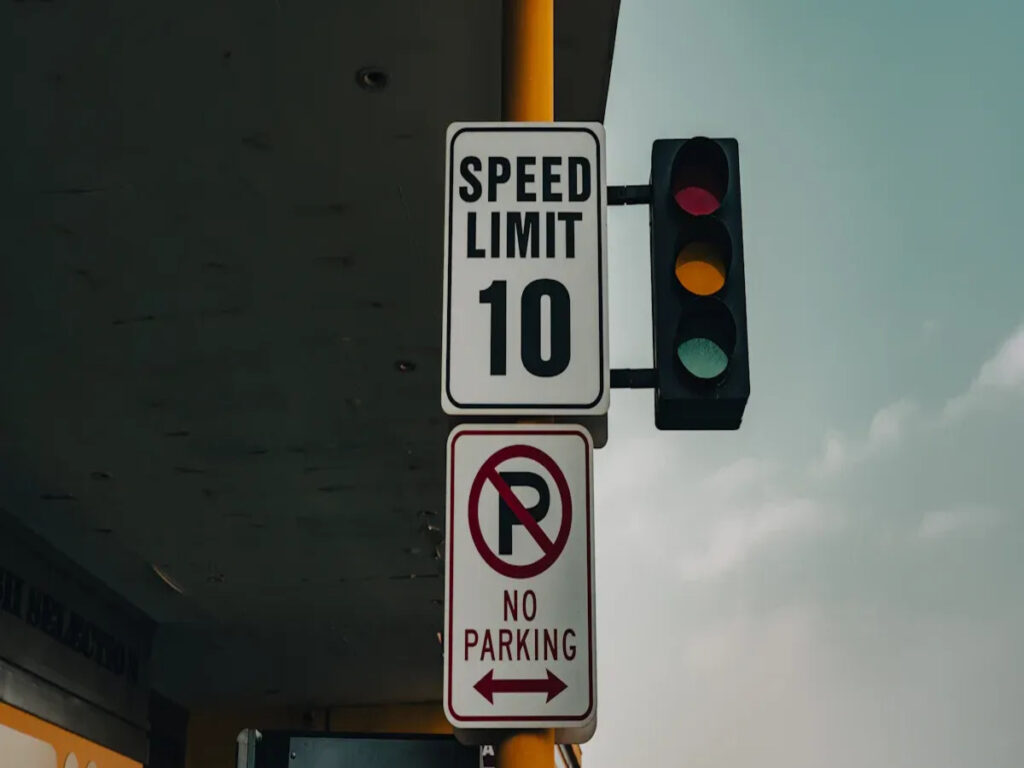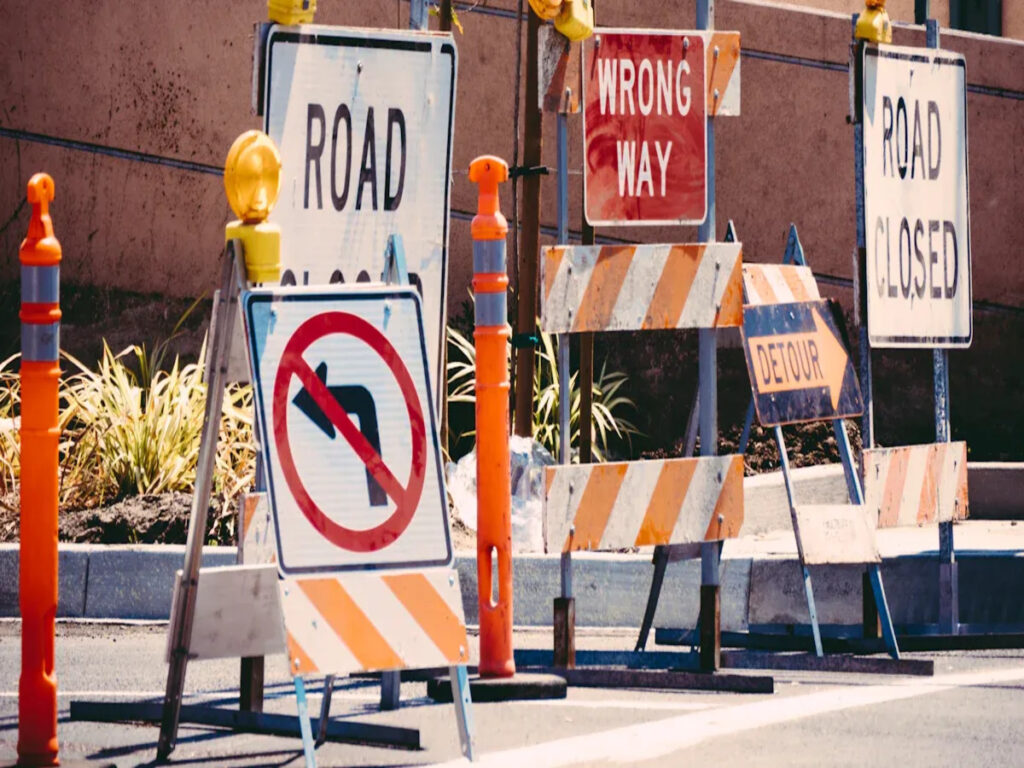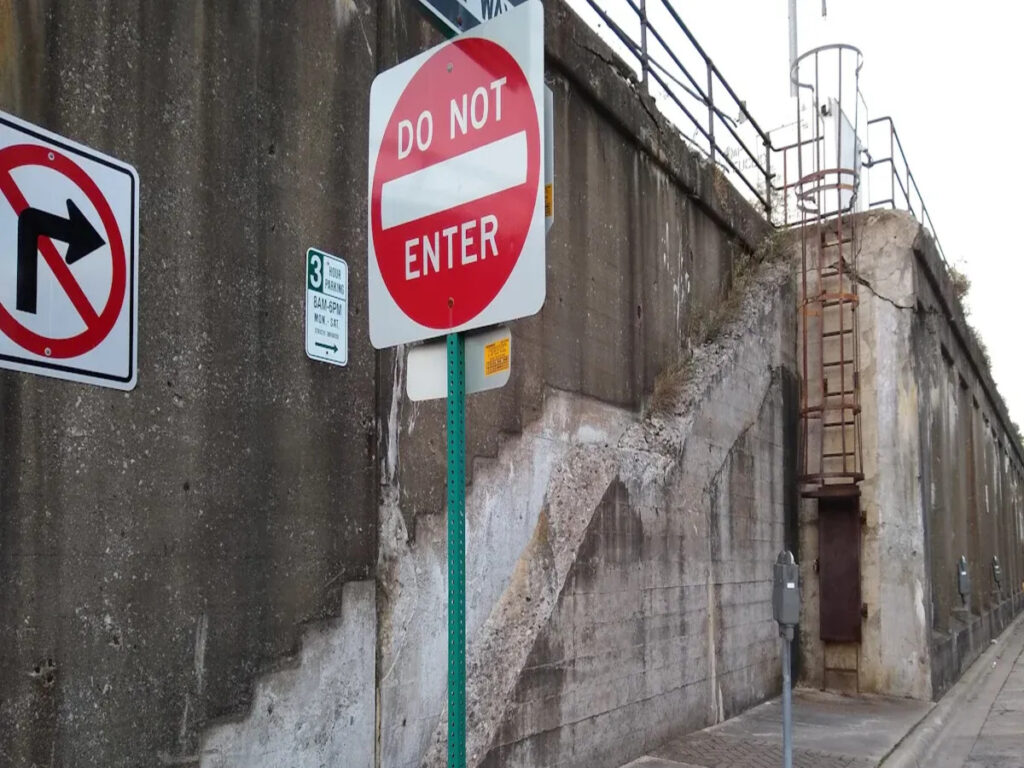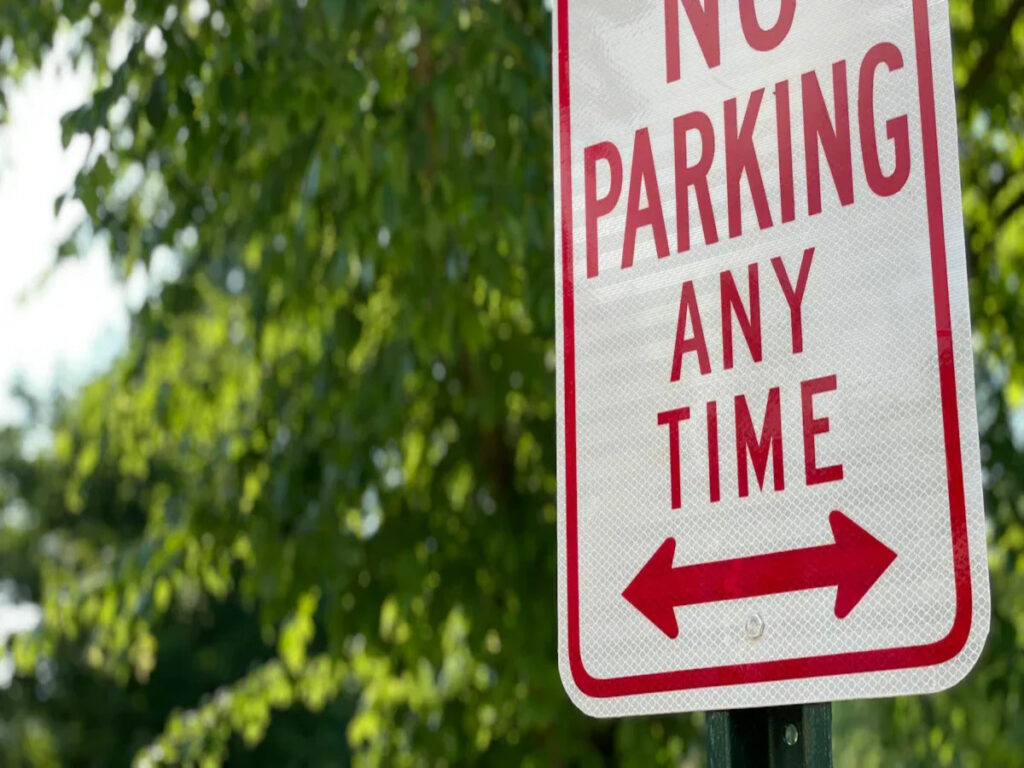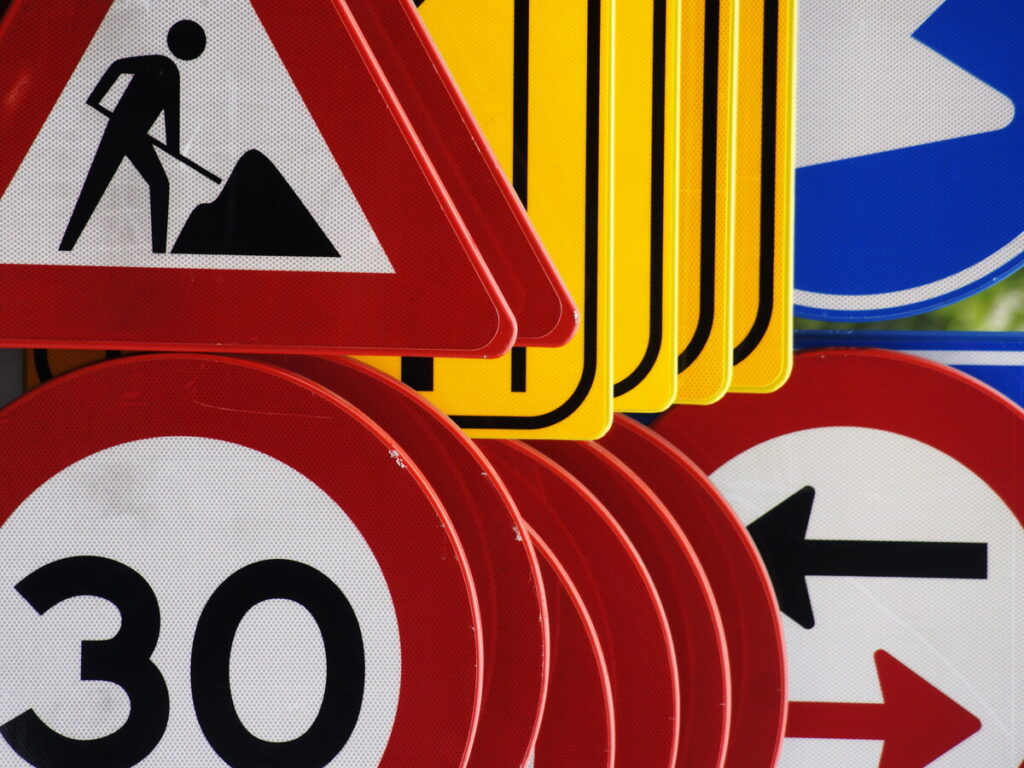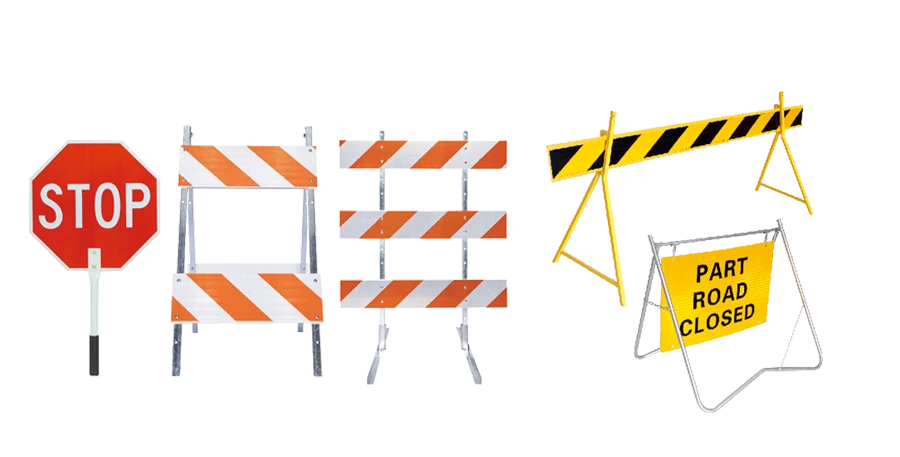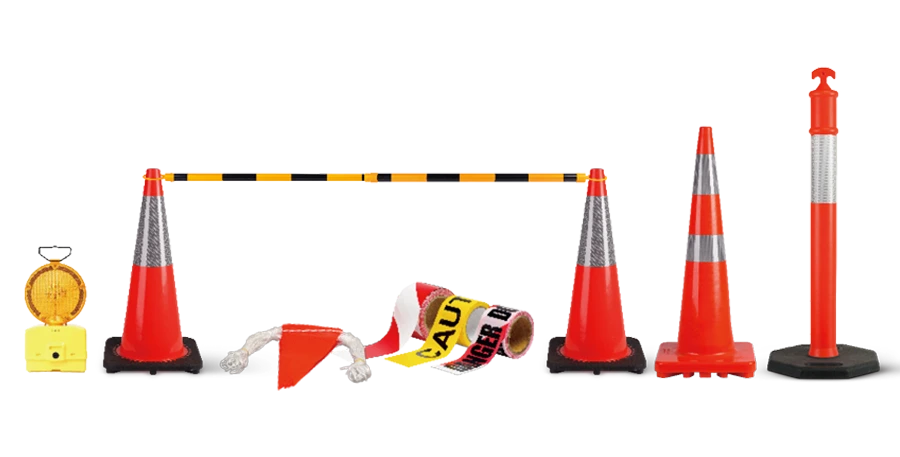
Straßen mit niedrigen Handeln stören oft Ökosysteme. Sie können zu Verlust von Lebensräumen führen, Bodenerosion, und Verschmutzung. Diese Probleme schädigen Wildtiere und beeinträchtigen die Umwelt. Sie können diese Herausforderungen bewältigen, indem Sie innovative Tools wie Verkehrskegel einnehmen. Moderne Plastikkegel, Hergestellt aus recycelten oder biologisch abbaubaren Materialien, Abfall und Verschmutzung reduzieren. Ihr umweltfreundliches Design unterstützt nachhaltige Konstruktion und grüne Infrastruktur. Durch die Verwendung dieser Zapfen, Sie tragen zu einer saubereren Umgebung bei. Das Gleichgewicht zwischen Straßen und Umweltversorgung sorgt für langfristige Vorteile sowohl für die Natur als auch für die Gemeinden.
Durch Verwendung OPTsigns Verkehrskegel, Sie verbessern nicht nur die Sicherheit, sondern unterstützen auch umweltverträgliche Verantwortungspraktiken im Bauwesen. OPTsigns Umweltfreundliche Zapfen sind im Auge unter Nachhaltigkeit konzipiert, Hergestellt aus recycelten oder biologisch abbaubaren Materialien. Dies hilft bei der Verringerung des Umweltausdrucks von Straßenbauprojekten und gleichzeitig die höchsten Sicherheitsstandards.
Verständnis der Umweltherausforderungen von Straßen mit niedrigem Verkehrswesen
Definition und Wichtigkeit von Straßen mit niedrigen Handeln
Straßen mit niedrigen Handeln dienen als wichtige Verbindungen für ländliche Gebiete, Kleine Gemeinschaften, und entfernte Regionen. Auf diesen Straßen können Sie auf wichtige Dienstleistungen zugreifen, Waren transportieren, und unterstützen die lokalen Volkswirtschaften. Sie verknüpfen oft kleinere Städte mit größeren städtischen Zentren, Gewährleistung eines reibungsloseren Transports. Trotz ihrer geringeren Verwendung, Diese Straßen spielen eine entscheidende Rolle bei der Aufrechterhaltung der Konnektivität und bei der Förderung der Entwicklung. Jedoch, Ihre Konstruktion und Wartung können Herausforderungen für die Umwelt schaffen, wenn sie nicht verantwortungsbewusst verwaltet werden.
Häufige Umweltrisiken im Zusammenhang mit niedrigen Verkehrsstraßen
Straßen mit niedrigen Handeln können Ökosysteme stören und natürlichen Lebensraum schadenS. Bodenerosion Es tritt häufig auf, wenn die Vegetation während des Baus entfernt wird. Diese Erosion kann zu Sedimentation in nahe gelegenen Gewässern führen, das Leben im Wasser beeinflussen. Wildtierlebensräume kann schrumpfen oder fragmentieren, Tiere zwingen, neue Umgebungen zu migrieren oder sich an neue Umgebungen anzupassen. Verschmutzung durch Fahrzeuge und Bauaktivitäten kann die Luft kontaminieren, Wasser, und Boden. Diese Risiken unterstreichen die Notwendigkeit nachhaltiger Praktiken, um Umweltschäden zu minimieren.
Die Auswirkungen schlechter Planung und Wartung auf die Umwelt
Schlecht geplante oder gewartete Straßen können Umweltprobleme verschlimmern. Ohne geeignete Entwässerungssysteme, Wasserabfluss kann den Boden wegspülen und das Hochwasserrisiko erhöhen. Risse oder ungleiche Oberflächen können Wasser sammeln, Erzeugung von Brutstätten für Insekten wie Mücken. Vernachlässigung von Lösungen für grüne Infrastruktur, wie das Pflanzen von Vegetation entlang der Straßenränder, kann zu langfristigen Schaden führen. Sie können diese Probleme verhindern, indem Sie sich für eine nachdenkliche Planung und regelmäßige Wartung einsetzen. Nachhaltige Straßenentwürfe und -praktiken schützen sowohl die Umwelt als auch die Gemeinden, die auf diesen Straßen angewiesen sind.
Die Rolle von Verkehrskegeln bei der mildernden Umweltauswirkungen

Verwenden von Plastikkegeln zum Schutz empfindlicher Bereiche
Plastikkegel spielen eine entscheidende Rolle bei der Sicherung sensibler Bereiche während des Straßenbaus. Sie können sie verwenden, um Zonen zu markieren, die Schutz erfordern, wie Feuchtgebiete, Wildtierlebensräume, oder Bereiche mit fragiler Vegetation. Indem Sie diese Grenzen klar definieren, Sie helfen, zu verhindern, dass schwere Maschinen und Fahrzeuge diese Räume betreten. Dies verringert das Risiko einer Lebensraumzerstörung und der Bodenverdichtung. Plastikkegel, Oft aus recycelbaren Materialien hergestellt, Übereinstimmung mit den Zielen der grünen Infrastruktur durch Minimierung von Abfällen und Förderung der Nachhaltigkeit. Ihre Haltbarkeit stellt sicher, dass sie über mehrere Projekte hinweg wiederverwendet werden können, Weitere Reduzierung der Umweltauswirkungen.
Verkehrskegel als visuelle Hinweise für Wildtiere und Ökosystemkonservierung
Verkehrskegel dienen als visuelle Marker, die sowohl Treiber als auch Arbeiter leiten, aber sie dienen auch einem anderen Zweck. Sie können sie verwenden, um die Treiber in Gebieten zu alarmieren, in denen wild lebende Tiere häufig kreuzen oder Ökosysteme gefährdet sind. Zum Beispiel, Kegel in der Nähe von Tiermigrationspfaden platzieren oder Verschachtelungsstellen hilft, Störungen zu reduzieren. Diese visuellen Hinweise ermutigen die Fahrer, sich zu verlangsamen und vorsichtig zu bleiben, Minimierung des Schadens für Tierwelt. Durch die Integration von Verkehrskegeln in Ihre Baustrategie, Sie tragen zur Erhaltung von Ökosystemen bei und halten gleich.
Wie die ordnungsgemäße Platzierung der Verkehrskegel die Bodenerosion und den Wasserabfluss verringert
Die strategische Platzierung von Verkehrskegeln kann Ihnen helfen, die Bodenerosion und den Wasserabfluss effektiv zu verwalten. Während des Bauwesens, Zapfen können Fahrzeuge und Geräte von Hängen oder losen Boden entfernen, unnötige Störungen verhindern. Sie können sie auch verwenden, um vorübergehende Entwässerungswege zu skizzieren, Die Gewährleistung der Gewährleistung des Wassers fließt von gefährdeten Bereichen weg. Dies reduziert die Sedimentation in nahe gelegenen Gewässern und schützt aquatische Ökosysteme. Die ordnungsgemäße Platzierung der Kegel unterstützt grüne Infrastruktur, indem die natürliche Umweltvergängigkeit aufrechterhalten und effiziente Konstruktionsprozesse ermöglicht wird.
Nachhaltige Baupraktiken mit Verkehrskegel
Integrating Traffic Cones into Green Infrastructure Strategies
You can use traffic cones as an essential tool in green infrastructure projects. These cones help you manage traffic flow efficiently while protecting sensitive environmental areas. Zum Beispiel, during construction, plastic road cones can mark zones where vegetation or water bodies need safeguarding. This ensures that heavy machinery stays within designated paths, reducing the risk of environmental damage. Traffic cones also support air pollution abatement by facilitating smoother traffic management, which minimizes idling and traffic emissions. By integrating plastic road cones into your green infrastructure strategies, you contribute to preserving ecosystems and promoting sustainable development.
Reducing Urban Air Pollution and Vehicle Emissions
Verkehrskegel spielen eine wichtige Rolle bei der Reduzierung der städtischen Luftverschmutzung. Sie können sie verwenden, um Fahrzeuge durch Bauzonen zu führen, unnötige Überlastung verhindern. Dies reduziert die Verkehrsemissionen, die einen wesentlichen Beitrag zur Luftverschmutzung in städtischen Gebieten leisten. Das ordnungsgemäße Verkehrsmanagement mit plastischen Straßenkegeln sorgt dafür, dass Fahrzeuge weniger Zeit im Leerlauf verbringen, was zu sauberer Luft führt. Zusätzlich, Zapfen helfen Ihnen bei der Durchführung von Maßnahmen zur Abluft von Luftverschmutzung, indem Sie den Verkehr von Wohnzonen oder Gebieten mit hoher Umweltempfindlichkeit entfernen. Diese Praktiken verbessern nicht nur die Luftqualität, sondern verbessern auch die allgemeine Nachhaltigkeit von Bauprojekten.
Förderung der Verwendung von recycelbaren und umweltfreundlichen Plastikkegeln
Der Wechsel zu recycelbaren und umweltfreundlichen Plastikkegeln bietet mehrere Vorteile für Bauprojekte. Viele moderne Zapfen werden aus recycelten Materialien hergestellt, Dies hilft, Ressourcen zu erhalten und Abfall zu reduzieren. So tragen diese plastischen Straßenkegel zur Nachhaltigkeit bei:
| Nutzen | Beschreibung |
|---|---|
| Abfall reduzieren | Traditionelle Zapfen tragen zu Deponienabfällen bei; Recycelbare Zapfen helfen bei der Minimierung dieses Problems. |
| Energie sparen | Die Verwendung von recycelten Materialien in der Produktion verschärft Energie im Vergleich zur neuen Materialproduktion. |
| Senkung der Kohlenstoffemissionen | Nachhaltige Materialien führen zu verringerten Kohlenstoffemissionen während der Produktions- und Entsorgungsverfahren. |
| Förderung von Nachhaltigkeit | Umweltfreundliche Materialien zu verlagern, unterstützt breitere Nachhaltigkeitsziele im Bauwesen. |
Durch Auswahl recycelbarer Zapfen, Sie richten Ihre Baupraxen an den Green Infrastructure -Zielen aus. Diese Kegel unterstützen nicht nur die Abluftverschmutzung, sondern fördern auch langfristige Umweltvorteile.
Best Practices und reale Anwendungen
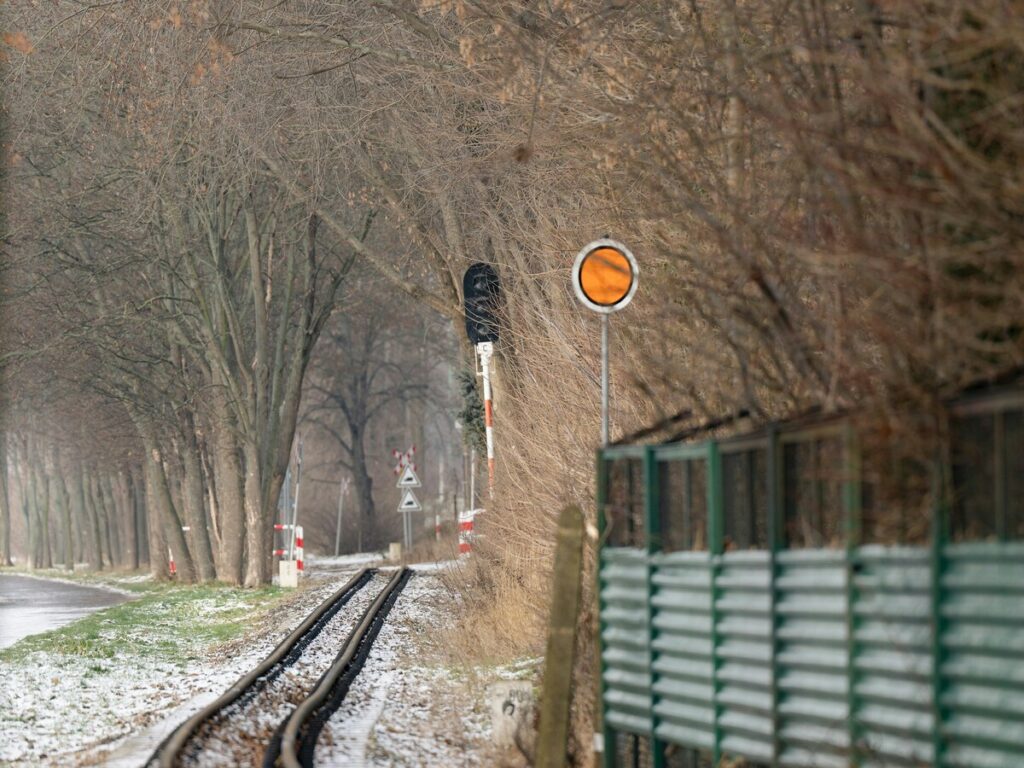
Strategische Platzierung von Verkehrskegeln für den Umweltschutz
Die strategische Platzierung von Verkehrskegeln kann Ihnen helfen, die Umwelt während der Bauprojekte zu schützen. Sie können plastische Straßenkegel verwenden, um vorübergehende Hindernisse in empfindlichen Bereichen wie Feuchtgebieten zu erzeugen, Wälder, oder Wildtierlebensräume. Diese Barrieren verhindern, dass schwere Maschinen in die eingeschränkten Zonen gelangen, Reduzierung des Risikos einer Lebensraumzerstörung. Zapfen leiten auch Fahrzeuge auf den festgelegten Wegen, Minimierung der Bodenstörung und Wasserabfluss. Durch Platzieren von Plastikstraßenkegeln in der Nähe von Hängen oder losen Boden, Sie können Erosion verhindern und nahe gelegene Gewässer vor Sedimentation schützen.
Verkehrskegel wirken auch als wirksame Wände der Geräuschbarriere in Bauzonen. Durch das Markieren von Bereichen, in denen Lärmbelastung wahrscheinlich auftritt, Sie können Mitarbeiter und Ausrüstung in ruhigere Zonen führen. Dies verringert sich Umgebungsgeräusche und schützt nahe gelegene Tierwelt vor schädlichen Störungen. Die ordnungsgemäße Vermittlung von Kegeln stellt sicher, dass Ihre Bauaktivitäten mit den Umweltzielen übereinstimmen und gleichzeitig Sicherheit und Effizienz aufrechterhalten.
Fallstudie: Verkehrskegel im Feuchtgebiet und Wildtierschutz
Verkehrskegel haben sich bei den Bemühungen zur Naturschutz und im Schutz der Tierwelt als wirksam erwiesen. Hier sind einige Beispiele dafür, wie Sie sie verwenden können:
- Platzieren Sie plastische Straßenkegel entlang von Straßen in der Nähe von Wäldern oder Feuchtgebieten während der Spitzenwanderungsperioden, um Fahrer zu führen und Unfälle zu reduzieren.
- Verwenden Sie plastische Straßenkegel, um temporäre Zonen während der Zucht- oder Nistsaison zu erstellen, Schutz von Tieren, die Straßen überqueren.
- Einsetzen, Sicherstellung der Sicherheit für Tiere und Rettungsteams.
Diese Praktiken zeigen, wie Verkehrskegel mehr als nur Bauwerkzeuge dienen können. Sie helfen Ihnen dabei, die Umweltherausforderungen zu bewältigen und gleichzeitig die Koexistenz zwischen Entwicklung und Natur zu fördern.
Lektionen, die aus nachhaltigen Straßenbauprojekten gezogen wurden
Nachhaltige Straßenbauprojekte haben die Vielseitigkeit und den Nutzen von Verkehrskegeln hervorgehoben. Folgendes können Sie aus diesen Initiativen lernen:
| Vorteil | Beschreibung |
|---|---|
| Verbesserte Sichtbarkeit und Sicherheit | Leuchtende Farben und reflektierende Streifen verbessern die Sichtbarkeit, Verringerung von Unfallrisiken. |
| Portabilität und Benutzerfreundlichkeit | Leichtes Design ermöglicht ein schnelles Setup und das Entfernen, Ideal für vorübergehende Situationen. |
| Kostengünstige Lösung | Kostengünstig und wiederverwendbar, sie zu einer budgetfreundlichen Option für das Verkehrsmanagement machen. |
| Haltbarkeit und Wetterbeständigkeit | Aus robusten Materialien hergestellt, Gewährleistung der Langlebigkeit und des Widerstands gegen Outdoor -Bedingungen. |
| Vielseitigkeit über Anwendungen hinweg | Geeignet für verschiedene Einstellungen, einschließlich Bau und Veranstaltungen, Verbesserung ihres Nutzens. |
| Modularität mit zusätzlichen Anhängen | Kann Lichter oder Schilder halten, Verbesserung der Sicherheitskommunikation in Bereichen mit geringer Sichtbarkeit. |
| Schnelle Antwort für Notfälle | Der schnelle Einsatz in Notfällen trägt zur Aufrechterhaltung von Sicherheit und Organisation bei. |
| Umweltfreundliche Optionen | Viele werden aus recycelten Materialien hergestellt, Beitrag zu Nachhaltigkeitsbemühungen. |
Diese Lektionen zeigen, wie Verkehrskegel Umweltgeräusche angehen können, Reduzieren Sie die Lärmbelastung, und wirken als wirksame Wände der Geräuschbarriere. Durch Übernahme dieser Praktiken, Sie können die Sicherheit verbessern, Schützen Sie Ökosysteme, und fördern nachhaltige Konstruktionen.
Langfristige Umweltvorteile der Nutzung des Verkehrskegels
Schutz von grünen Räumen und Wildtierlebensräumen
Traffic cones play a vital role in preserving green spaces and wildlife habitats. You can use them to guide traffic in wildlife zones, helping reduce vehicle speeds near crossings. Their bright colors and strategic placement enhance visibility, ensuring drivers notice wildlife presence well in advance. By creating clear boundaries, cones keep drivers on designated paths, minimizing the risk of accidents and habitat disruption.
Im Laufe der Zeit, plastic road cones made from recycled materials contribute to environmental conservation. They reduce waste and promote sustainability in their production. Rubber cones crafted from recycled materials conserve energy and lower carbon emissions. These eco-friendly choices align with sustainable design principles, ensuring long-term protection for ecosystems and the services they provide.
Verbesserung der Verkehrssicherheit und Reduzierung der Lärmverschmutzung
Verkehrskegel verbessern die Verkehrssicherheit und unterstützen gleichzeitig die Lärmschutztechniken. Sie können sie verwenden, um den Verkehrsfluss effektiv zu verwalten, Verringerung der Stauung und Verhinderung von Unfällen. Durch Führung von Fahrzeugen entlang der ausgewiesenen Strecken, Zapfen tragen dazu bei, eine reibungslosere Verkehrsbewegung aufrechtzuerhalten, Dies minimiert Lärm, die durch plötzliche Bremsen oder Beschleunigung verursacht werden.
In Bauzonen, Zapfen können Bereiche markieren, in denen Vegetationsbarrieren geplant sind. Diese Barrieren absorbieren Schall und reduzieren verkehrsbedingte Luftverschmutzung, Verbesserung der Lebensqualität für nahe gelegene Gemeinden. Zusätzlich, Zapfen unterstützen ruhigere Bürgersteigern, indem sie Fahrzeuge von empfindlichen Bereichen wegweisen, Die Gewährleistung der effektiven Implementierung von Rauschreduktionstechniken wird implementiert. Ihre Rolle bei der Messung des Verkehrsgeräusches hilft Ihnen auch, die Geräuschpegel in Echtzeit zu bewerten und zu adressieren.
Förderung der Gemeinschaftsbewusstsein und der Beteiligung der Stakeholder
Verkehrskegel dienen als Instrumente zur Förderung des Bewusstseins in der Gemeinschaft für Umweltauswirkungen und nachhaltiges Design. Sie können sie verwenden, um Pufferzonen rund um Baustellen hervorzuheben, Ermutigung der Stakeholder, diese geschützten Bereiche zu respektieren. Durch die Einbeziehung lokaler Gemeinschaften in die Strategien von Kegelplatzierungsstrategien, Sie fördern ein Gefühl der Verantwortung und Zusammenarbeit.
Bildungskampagnen können auch plastische Straßenkegel verwenden, um die Bedeutung einer geeigneten Auswahl der Pflanzenarten in Vegetationsbarrieren am Straßenrand zu demonstrieren. Diese Kampagnen betonen die Rolle von Zapfen bei der Erhaltung von Ökosystemdiensten, wie Lärmreduzierung und Verbesserung der Luftqualität. Durch Einbeziehung von Stakeholdern, Sie gewährleisten ein langfristiges Engagement für nachhaltige Praktiken und Umweltverantwortung.
Straßen mit niedrigen Handeln posieren signifikant Umweltherausforderungen, einschließlich Verlust von Lebensräumen, Bodenerosion, und Verschmutzung. Sie können diese Probleme angehen, indem Sie innovative Methoden wie Verkehrskegel verwenden. Diese Werkzeuge schützen empfindliche Bereiche, Reduzieren Sie die Bodenerosion, und den Verkehr effektiv leiten. Ihre Integration in nachhaltige Konstruktionstechniken sorgt für eine minimale Umweltstörung.
Ökologisch-freundliche Ansätze anwenden, wie recycelbare Kunststoffkegel, fördert die grüne Infrastruktur. Poröse Materialien und fortschrittliche Methoden verbessern ihre Funktionalität und reduzieren gleichzeitig Abfall. Durch Priorisierung dieser Techniken, Sie balancieren die Entwicklung mit Umweltschutz. Ihre Bemühungen tragen zu einer nachhaltigen Zukunft für Gemeinschaften und Ökosysteme bei.

